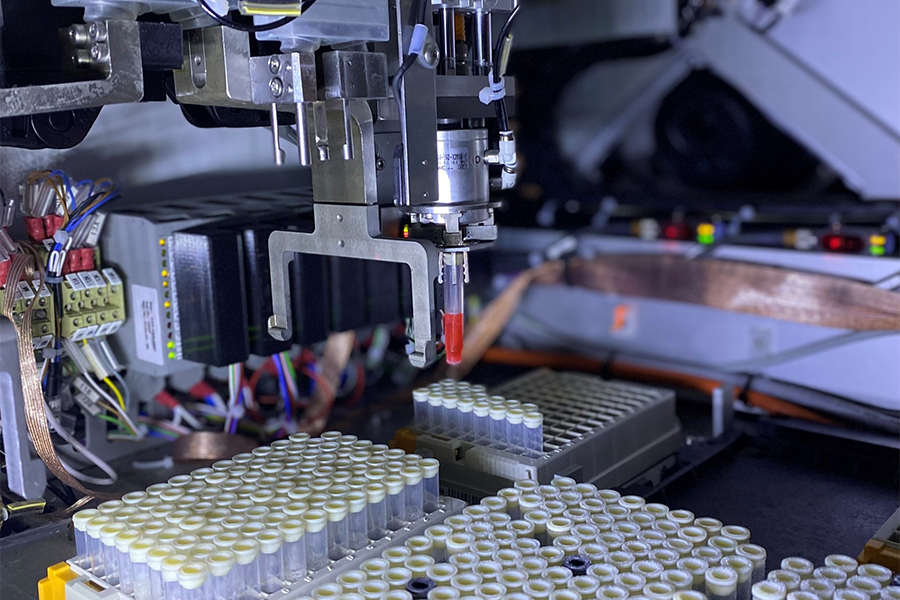Comprehensive Testing Confirms Quality of Tox21 Library’s Chemical Compounds
Jan. 14, 2025
The Toxicology in the 21st Century (Tox21) program has a library of more than 8,900 compounds that scientists use to test how chemicals affect human cells and systems. The accuracy of researchers’ work depends on the quality of the library’s compounds. Using poor-quality chemicals in tests could lead to faulty conclusions about how chemicals affect people.
NCATS researchers have teamed with their partners at the U.S. Environmental Protection Agency and the National Institute of Environmental Health Sciences to assess how well the Tox21 library’s chemicals hold up in real-world research conditions. Their results appear in the journal Chemical Research in Toxicology.
“Checking the quality of a compound collection the size of the Tox21 library can be expensive and technically challenging,” said Ruili Huang, Ph.D., of NCATS’ Division of Preclinical Innovation and the study’s corresponding author. “Our team’s extraordinary work will reassure researchers that the high quality of our compounds ensures scientifically valid outcomes.”
All the Tox21 library’s environmental, industrial, commercial and pharmaceutical compounds are acquired as analytical-grade quality, when possible. That means they are at least 90% pure. Those compounds are then used by researchers in high-throughput screening (HTS). HTS lets scientists rapidly test many compounds at different doses all at once.
Preparing chemicals for HTS, however, can affect their quality. Before they’re used in HTS, the chemicals can be thawed or frozen, mixed with solvents such as dimethyl sulfoxide, or exposed to atmospheric test conditions. Any of those conditions can degrade a compound and negatively shape a test’s outcomes.
The Tox21 research team analyzed the quality of more than 13,000 Tox21 chemical samples. Those samples came from more than 8,900 chemical compounds. The scientists tested the chemicals at two time points. The first was when the chemicals were removed from storage and thawed to room temperature. The second was after four months of being stored at room temperature simulating testing conditions.
The team used multiple approaches to assess the chemicals’ quality, including liquid chromatography mass spectroscopy, flow-injection analysis, gas chromatography mass spectroscopy, and nuclear magnetic resonance spectroscopy.
The researchers found that, of the 92% of newly thawed samples they were able to grade, 76% were still greater than 90% pure. Among the 76% of samples tested at the four-month mark, 89% had no evidence of degradation.
The team has made all its quality-control results publicly available on the Tox21 Gateway.
Related Content
Assay Development and Screening Technology (ADST) Program
Our scientists explore and develop new ways to quickly test and screen potential drug candidates, often in collaboration with disease foundations.
Toxicology in the 21st Century (Tox21) Program
Our experts are part of this federal collaboration that aims to rapidly test whether substances are harmful to people.



